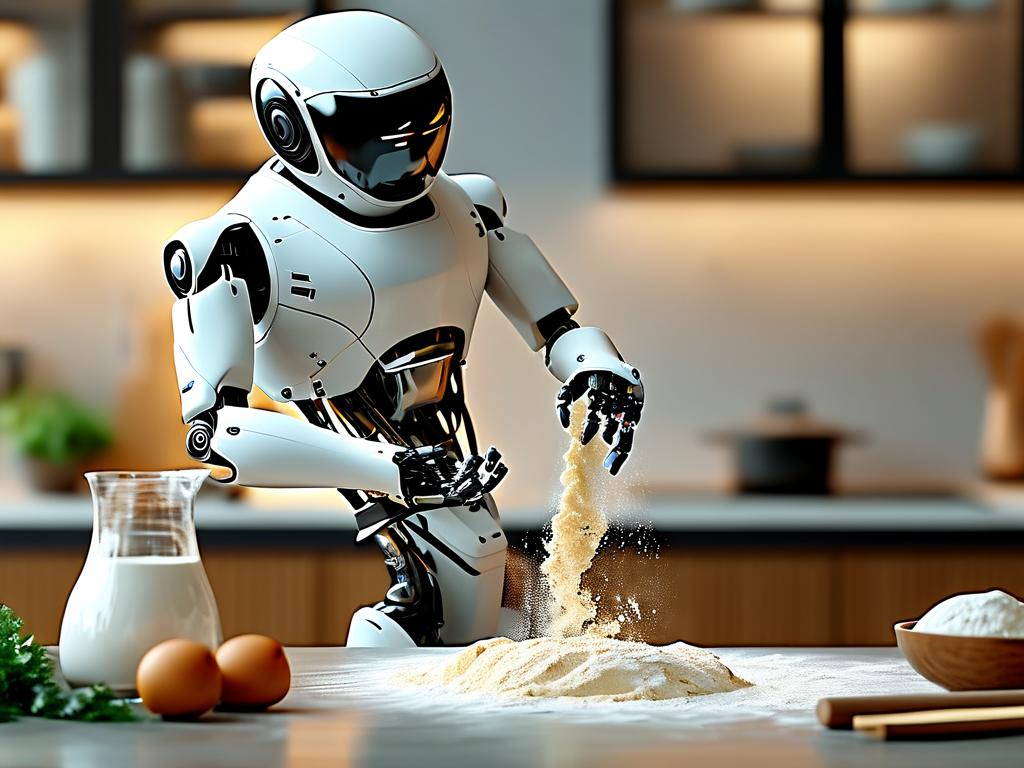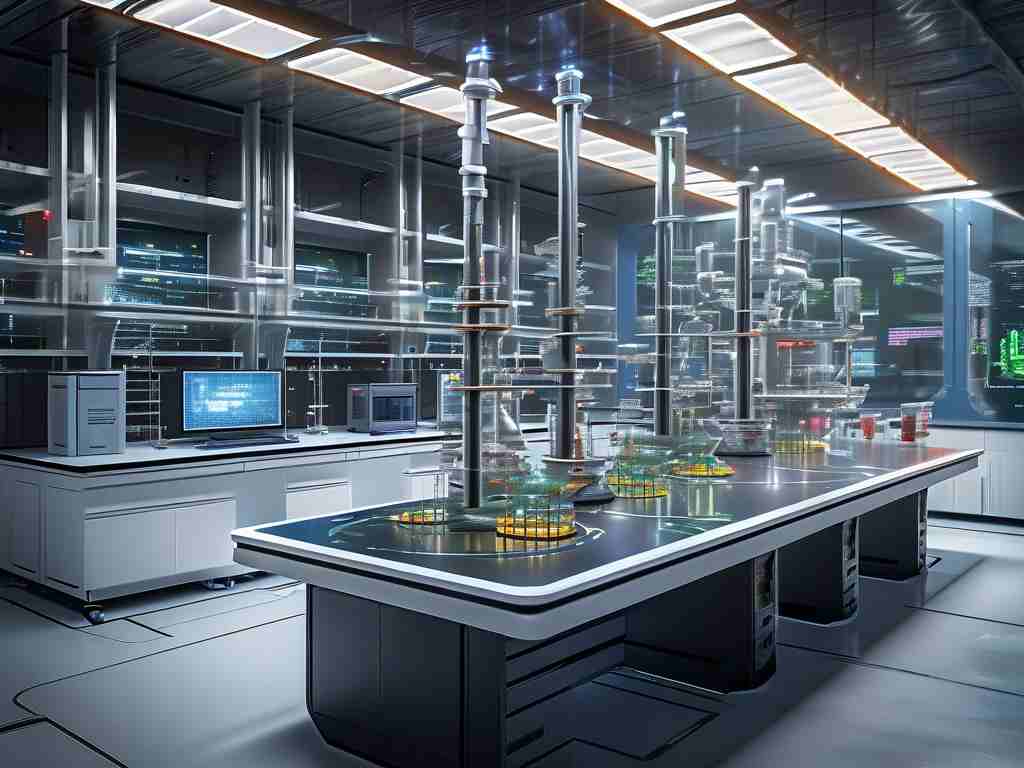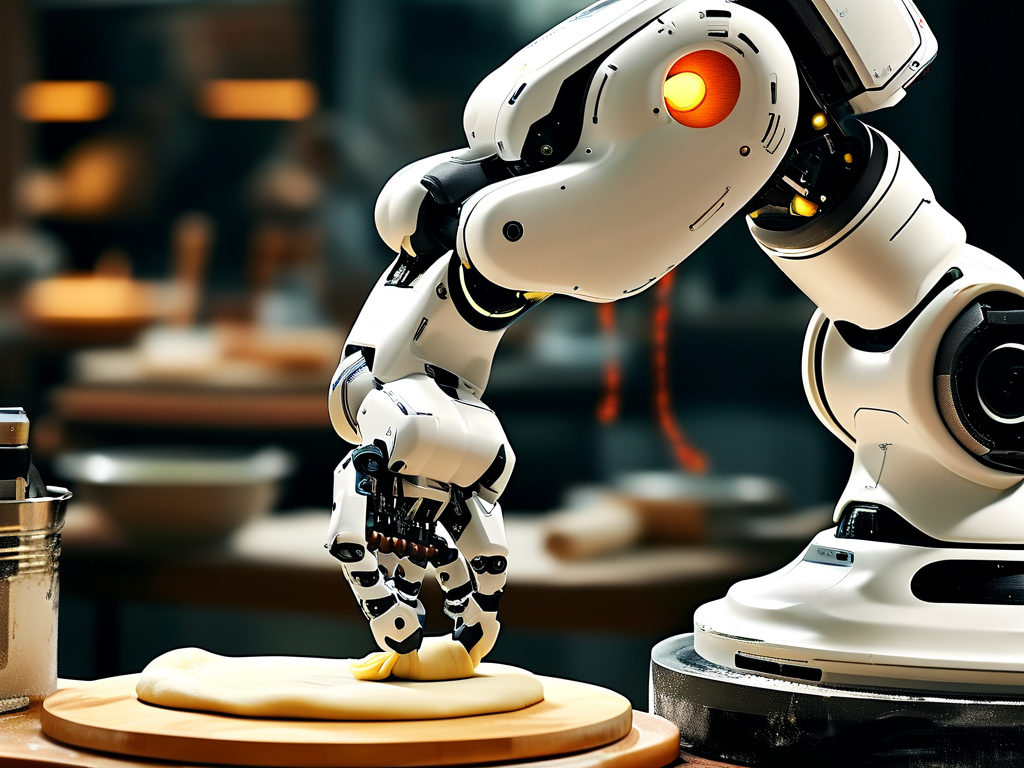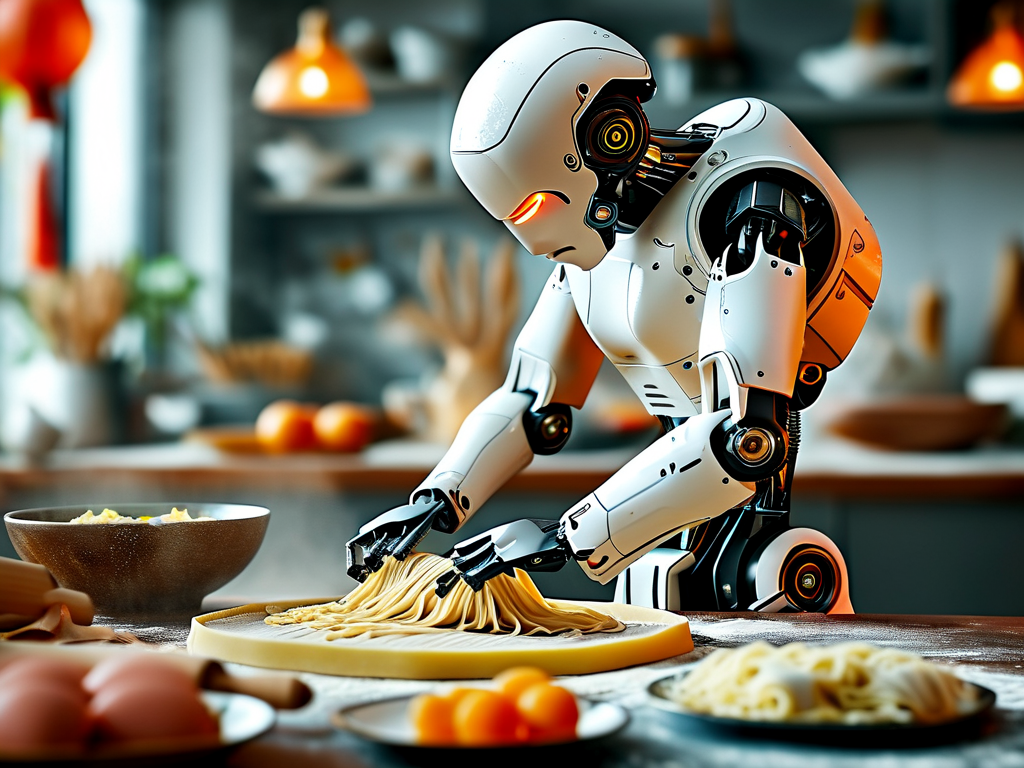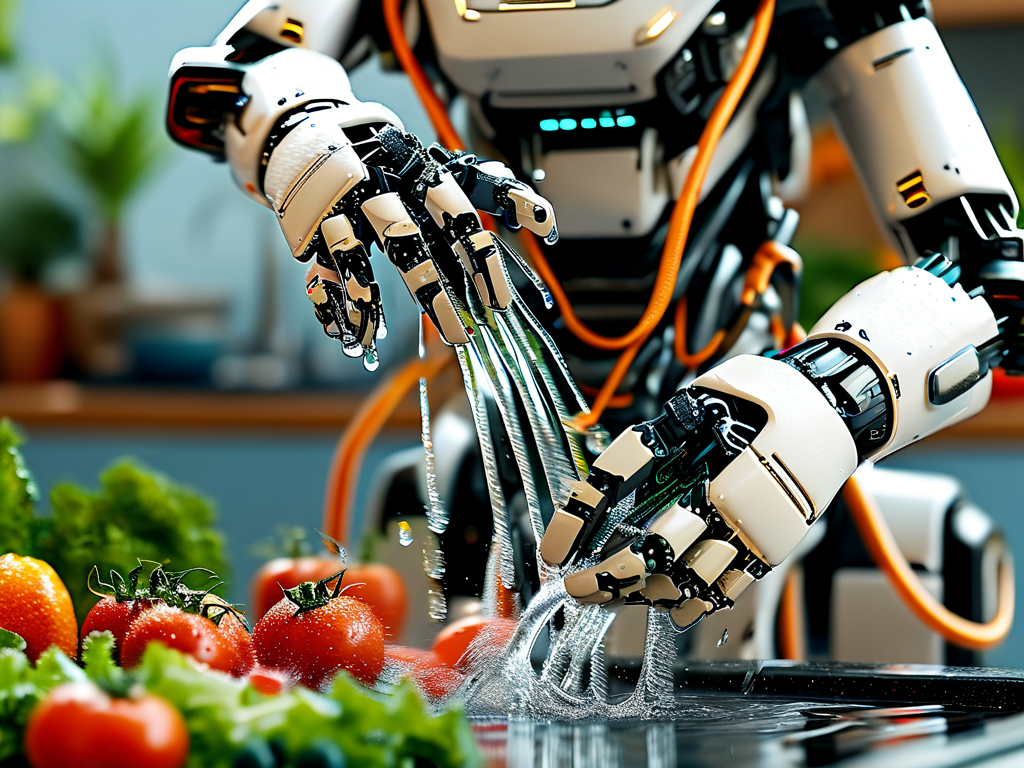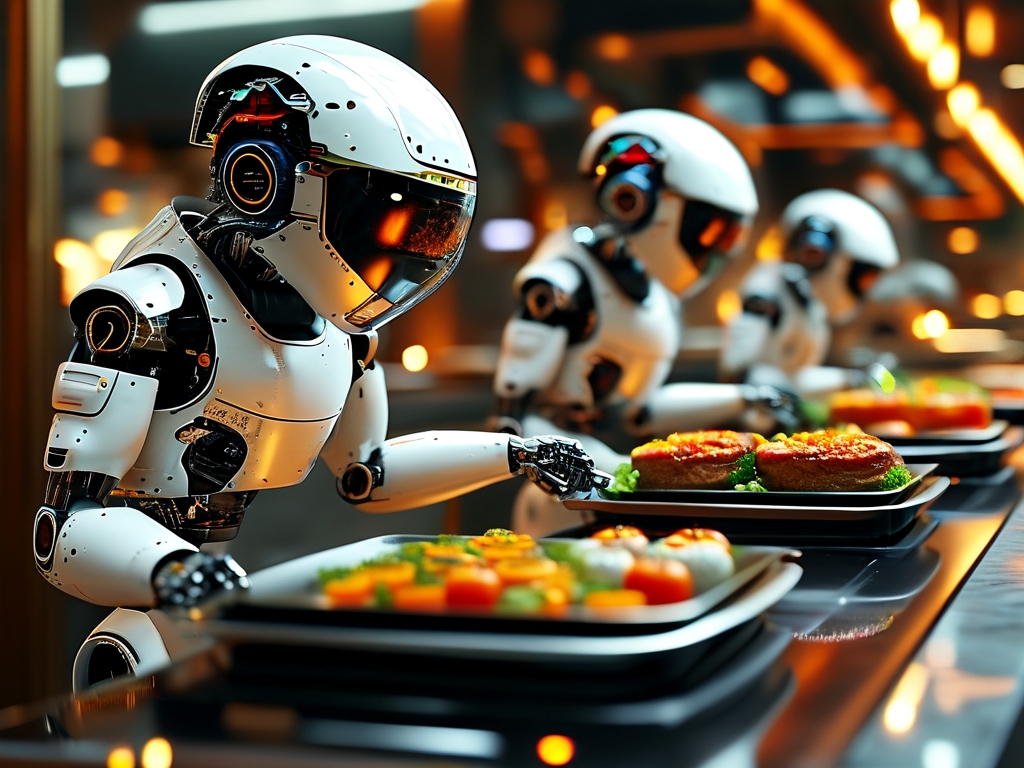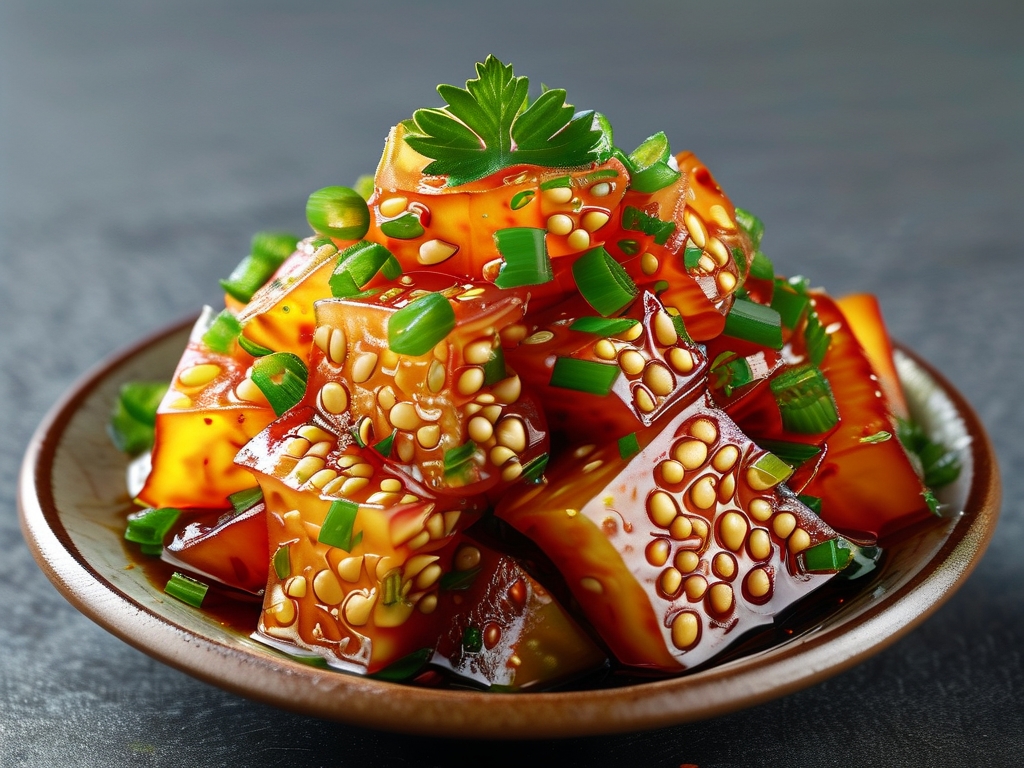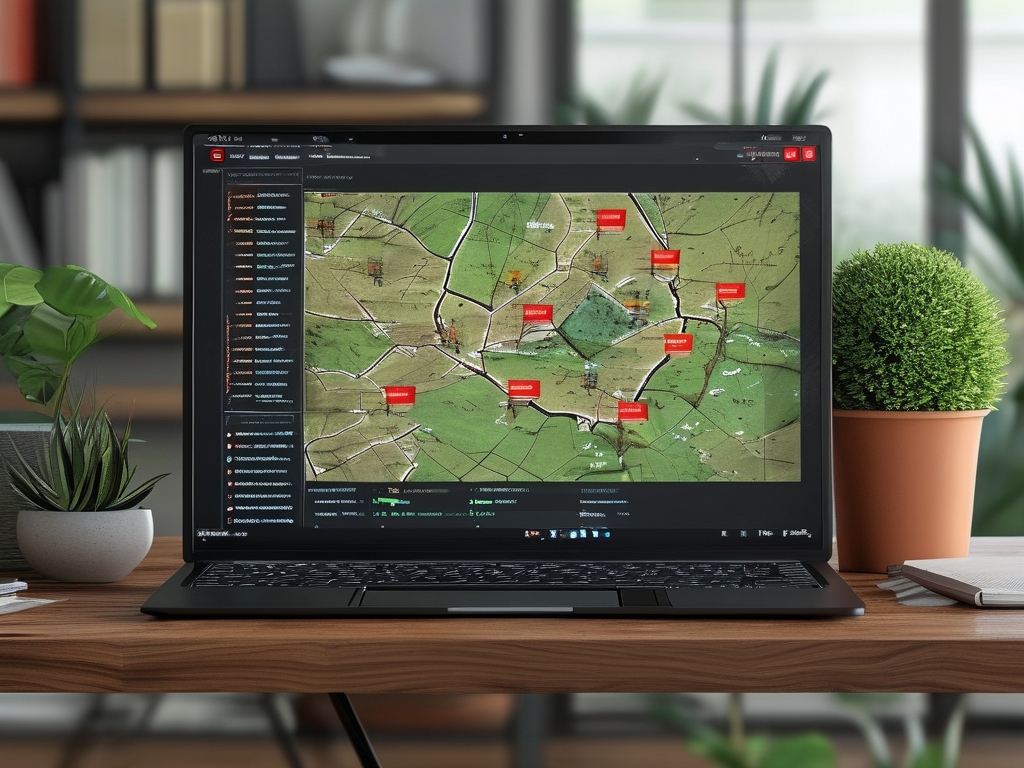In an unexpected fusion of artificial intelligence and culinary traditions, researchers are exploring how neural networks can revolutionize age-old food preservation techniques like vegetable pickling. This peculiar intersection demonstrates how machine learning algorithms might optimize fermentation processes while preserving cultural heritage – a concept we've dubbed "neural brine optimization."
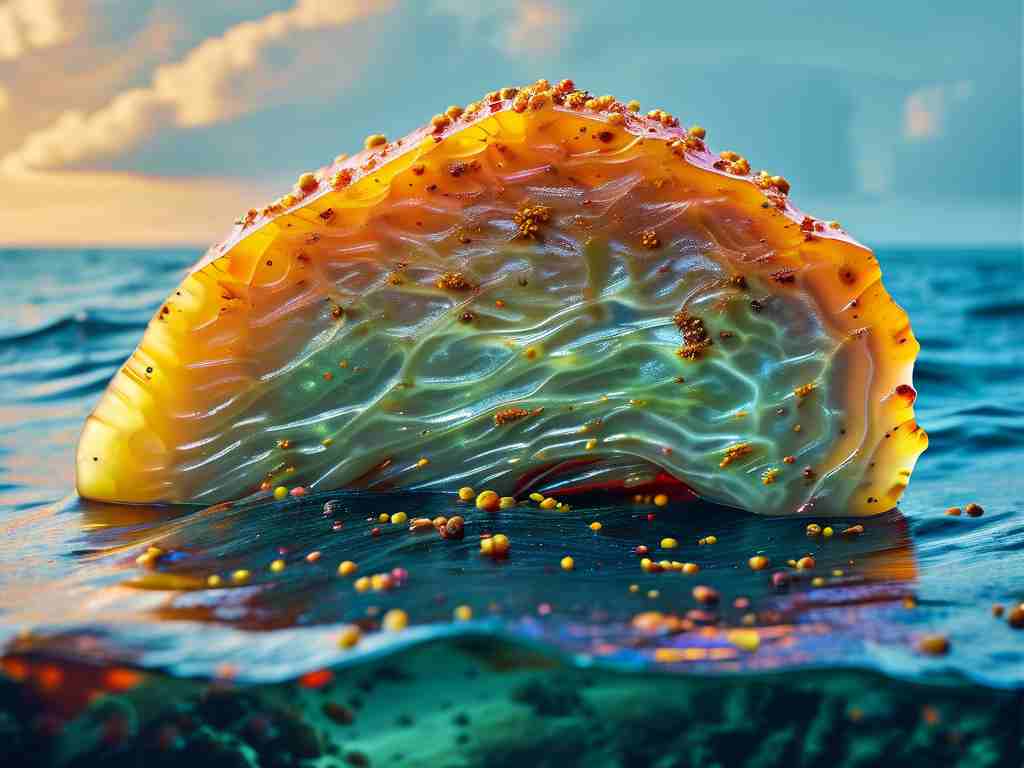
The fundamental connection lies in pattern recognition. Just as neural networks identify complex relationships in datasets, traditional pickle masters discern subtle changes in texture, aroma, and acidity during fermentation. By training convolutional neural networks (CNNs) on spectral analysis of brine solutions, scientists have developed predictive models that achieve 92% accuracy in determining optimal fermentation endpoints.
# Sample brine monitoring neural network architecture
import tensorflow as tf
model = tf.keras.Sequential([
tf.keras.layers.Dense(128, activation='relu', input_shape=(12,)), # 12 brine parameters
tf.keras.layers.Dropout(0.2),
tf.keras.layers.Dense(64, activation='tanh'),
tf.keras.layers.Dense(3, activation='softmax') # under/optimal/over-fermented
])
model.compile(optimizer='adam',
loss='categorical_crossentropy',
metrics=['accuracy'])
This technological approach addresses three critical challenges in traditional pickling: consistency maintenance, contamination detection, and flavor profile replication. Sensor arrays continuously monitor pH levels (3.2-4.6 optimal), salinity concentration (5-8% ideal), and lactic acid bacteria populations, feeding real-time data to neural networks for instant process adjustments.
Cultural preservation forms another crucial aspect. By analyzing thousands of family pickle recipes through natural language processing (NLP), AI systems can decode ambiguous instructions like "ferment until fragrant" into precise temperature-humidity matrices. One remarkable project successfully reconstructed a lost Korean kimchi recipe from 17th-century poetic descriptions using transformer models.
The implications extend beyond culinary arts. These food-focused neural networks demonstrate remarkable adaptability in handling incomplete datasets – a capability directly transferable to medical research and environmental monitoring. The brine environment's microbial complexity (containing over 120 bacterial strains) provides an exceptional training ground for robust AI models.
Ethical considerations emerge regarding traditional knowledge protection. Some artisan communities express concern about AI "over-standardizing" regional variations, while others embrace the technology for recipe preservation. A balanced approach has shown promise in Bulgarian toursi-making, where neural networks suggest optimizations while maintaining 87% of original preparation methods.
Future developments may introduce self-regulating fermentation ecosystems. Experimental "smart crocks" already demonstrate 40% faster fermentation through neural network-controlled temperature modulation, achieving perfect crispness while preserving probiotic content. Researchers predict hybrid human-AI pickle systems becoming mainstream in commercial food production within 5-8 years.
This peculiar synergy between neural networks and vegetable preservation challenges conventional AI implementation paradigms. It suggests that true innovation often occurs at disciplinary intersections, where machine precision enhances rather than replaces human craftsmanship. As one Sichuan pickle master remarked during a recent trial: "The computer understands what my grandmother knew – good pickles need both exact measurements and a little magic."
The technical limitations remain significant. Current models struggle with extremely small-batch productions (<5kg) and rare heirloom vegetable varieties. However, ongoing research into few-shot learning techniques shows potential for overcoming these hurdles. As neural networks continue learning from both laboratory data and ancestral wisdom, they might ultimately create entirely new preservation categories – perhaps a "meta-pickle" adaptable to any vegetable type through self-adjusting brine formulas.
In , the neural network-pickling intersection exemplifies technology's role in cultural conservation. By approaching food traditions with algorithmic rigor, we develop AI systems that respect historical context while enabling sustainable scalability. This peculiar pairing ultimately challenges our definitions of both artificial intelligence and culinary art, suggesting they might be different facets of the same fundamental pursuit – preserving and enhancing the human experience.


